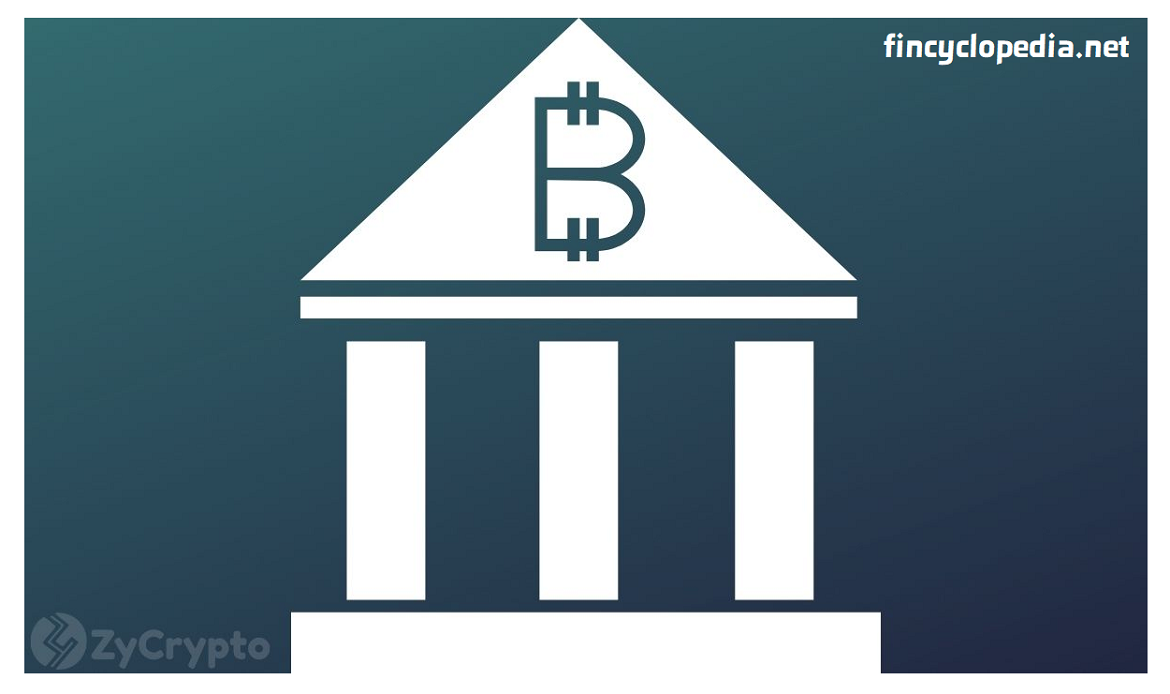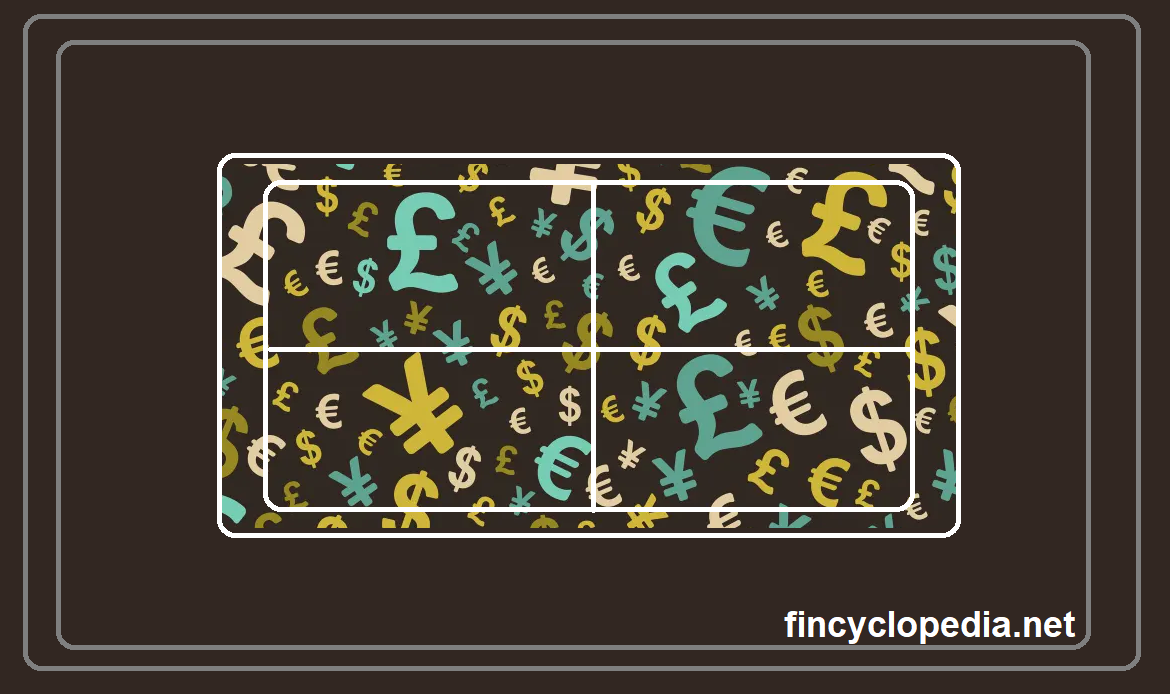The interest rate which is charged to commercial banks and other depository institutions on short-term loans offered by the central bank (the federal reserve). However, the so-called discount window is not always accessible by banks for various considerations such as that of monetary policy and financial stability, among others. Therefore, other means of securing short-term liquidity are often sought by banks in temporary shortfall of liquidity. The discount rate is usually determined by the average rate which banks charge each other for overnight loans.
The discount rate is an important indicator of credit and monetary policy in an economy, because changes in the discount rate impact banks’ borrowing costs and hence the rate they charge on customers. A change in the discount rate usually leads to similar changes in the interest rates charged by banks and money markets.
The discount rate is also known as the base rate or repo rate.




